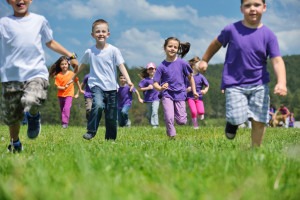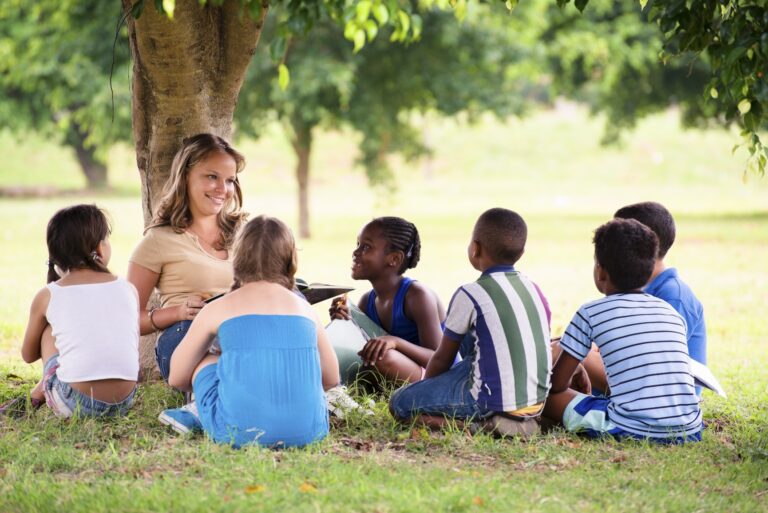The early childhood years are a time of incredible growth and development, with young children rapidly absorbing information and forming the foundation for future learning. Creative arts, including music, art, and movement, play a crucial role in this development, nurturing creativity, enhancing cognitive skills, and fostering social-emotional growth.
At Heritage Learning Center, we believe in a holistic approach to early childhood education. In this blog post, we’ll explore the profound benefits of incorporating music, art, and movement into the learning experiences of young children.

The Power of Music
Music has a profound impact on young children’s development:
- Language Development: Music helps children develop language skills by exposing them to new vocabulary, rhythms, and patterns. Singing songs and reciting rhymes enhances phonemic awareness and improves listening skills.
- Cognitive Development: Music stimulates brain development, enhancing memory, attention span, and problem-solving skills. Learning to play an instrument or participate in musical activities strengthens cognitive abilities.
- Social-Emotional Development: Music provides opportunities for children to express themselves, build confidence, and develop social skills through group singing, dancing, and music-making.
- Physical Development: Music and movement activities, such as dancing and playing musical instruments, promote fine and gross motor skills development.
The Wonder of Art
Art provides a unique avenue for young children to explore their creativity and express themselves:
- Creativity and Imagination: Art encourages children to think outside the box, experiment with different materials, and express their unique perspectives.
- Fine Motor Skills: Activities like painting, drawing, and sculpting help develop fine motor skills, hand-eye coordination, and dexterity.
- Sensory Exploration: Art provides opportunities for sensory exploration through textures, colors, and materials.
- Problem-Solving: Art encourages problem-solving as children experiment with different techniques and materials to achieve desired results.
The Joy of Movement
Movement is essential for young children’s physical and cognitive development:
- Gross Motor Skills: Activities like running, jumping, dancing, and playing games promote gross motor skills, coordination, and balance.
- Spatial Awareness: Movement helps children develop spatial awareness and understand their bodies in relation to their surroundings.
- Cognitive Development: Movement stimulates brain development, enhancing memory, attention, and learning abilities.
- Social-Emotional Development: Movement activities, such as playing games and dancing, encourage cooperation, turn-taking, and social interaction.
Incorporating Creative Arts in Early Childhood Education
At Heritage Learning Center, we integrate music, art, and movement into our curriculum through:
- Music and Movement Sessions: Dedicated time for singing, dancing, playing instruments, and exploring rhythm and movement.
- Art Activities: Providing a variety of art materials and opportunities for creative expression, including painting, drawing, sculpting, and collage.
- Outdoor Play: Encouraging active play outdoors, including running, jumping, climbing, and exploring nature.
The Benefits of a Holistic Approach
By incorporating music, art, and movement into early childhood education, we provide a well-rounded learning experience that:
- Nurtures Creativity: Encourages imagination, self-expression, and innovation.
- Enhances Cognitive Skills: Promotes language development, problem-solving, and critical thinking.
- Fosters Social-Emotional Growth: Develops social skills, emotional regulation, and self-confidence.
- Supports Physical Development: Improves fine and gross motor skills, coordination, and balance.
At Heritage Learning Center, we believe in the power of creative arts to unlock the full potential of every child. Contact us today to learn more about our programs and how we can support your child’s development.



